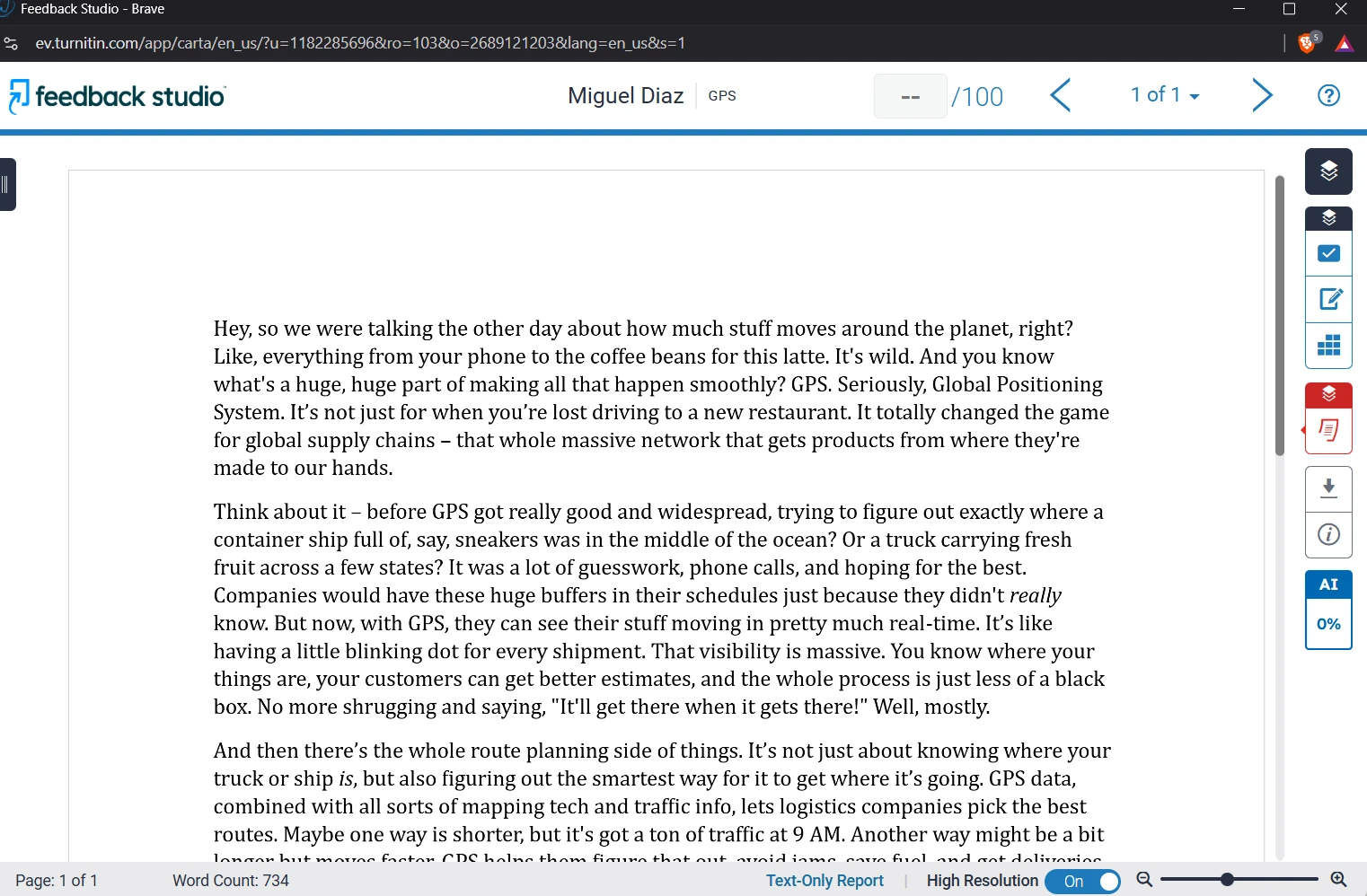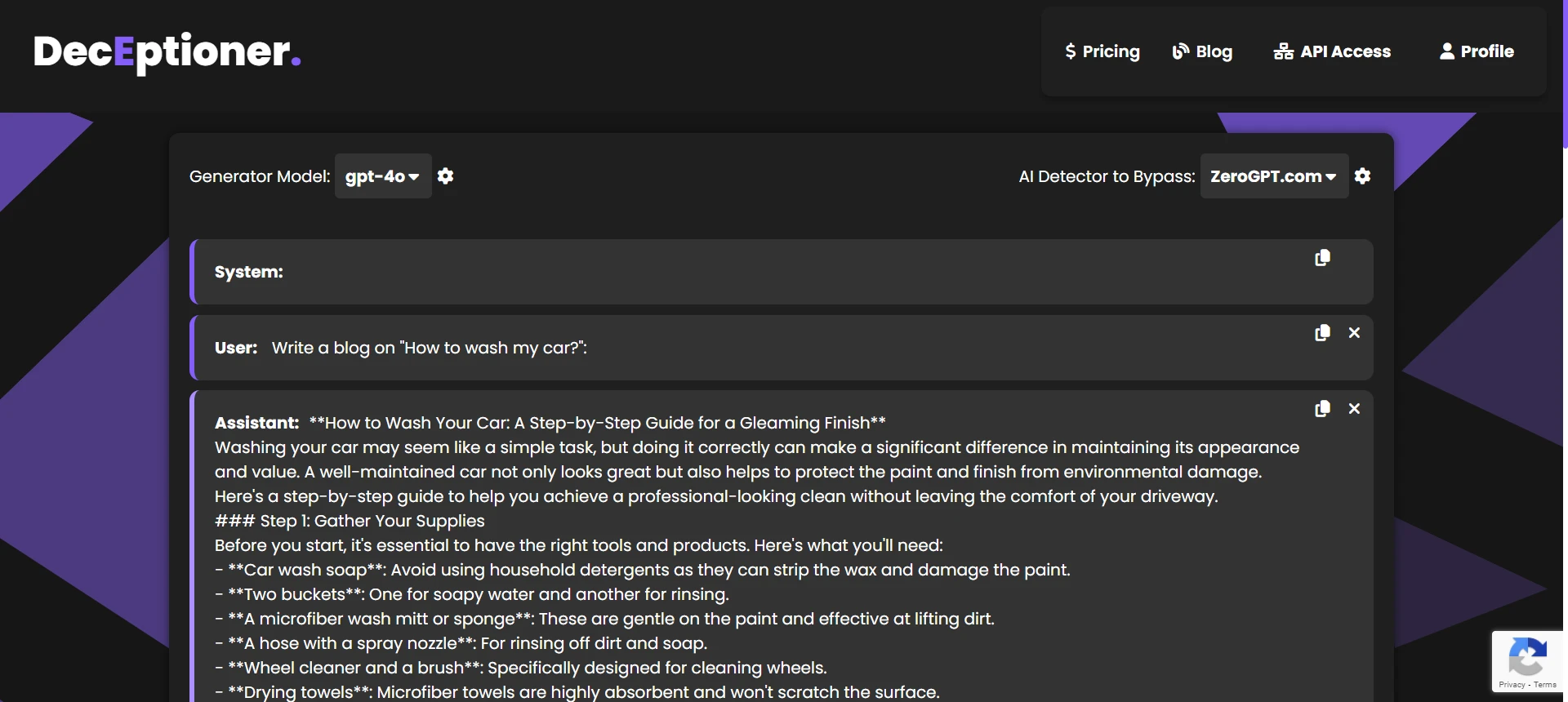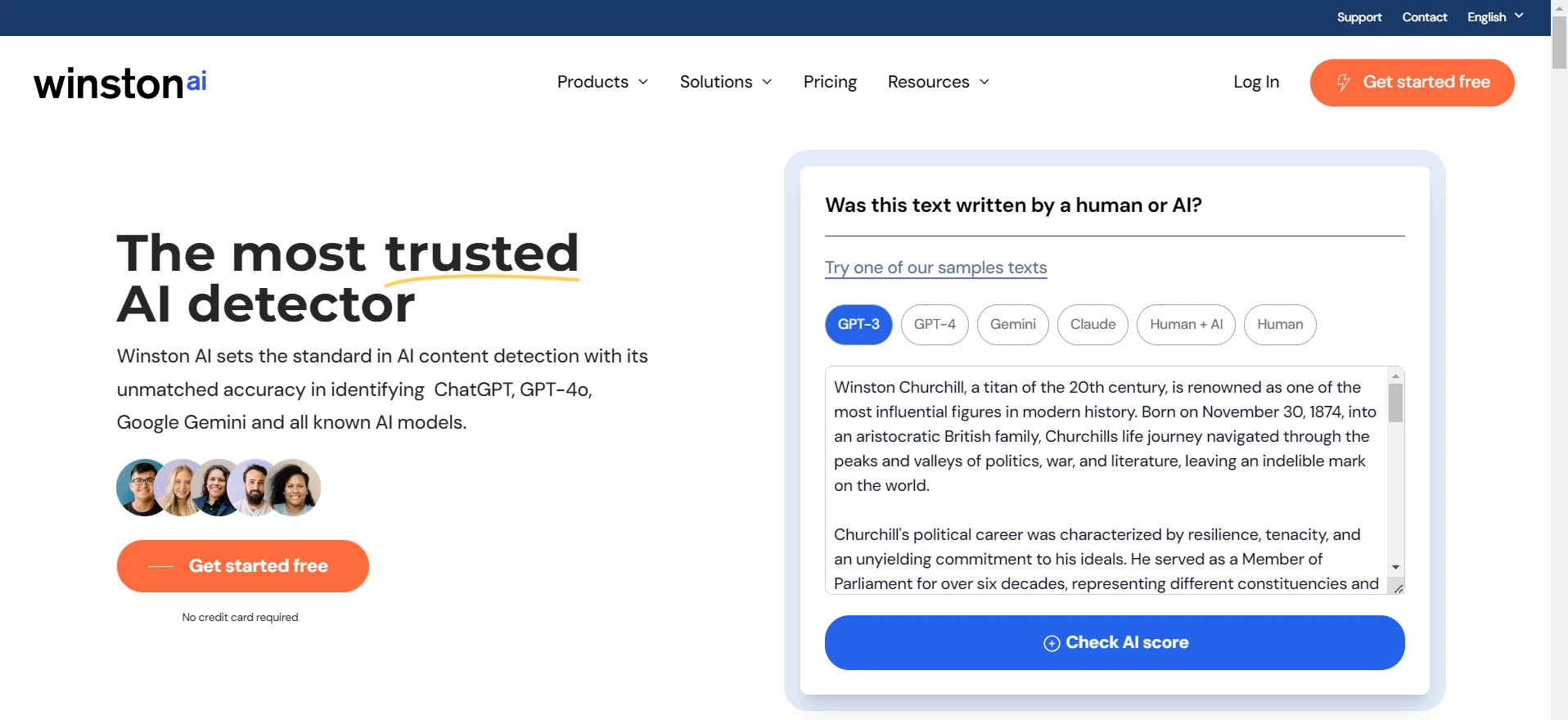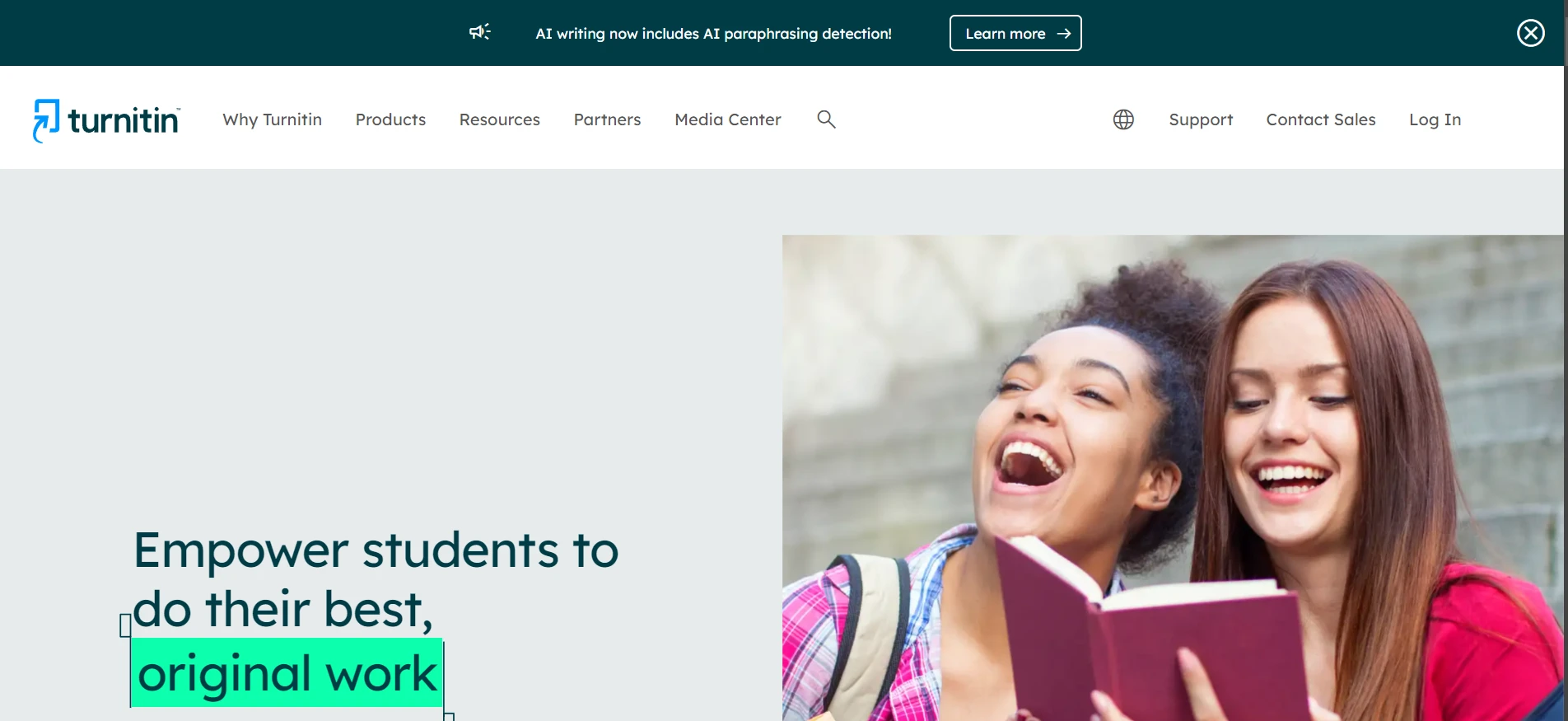As we all know it Turnitin’s AI detection can be a real headache for students. However, can Google Gemini Advanced get around it? The answer to this question is a bit more nuanced, so I would urge you to read the article.
Why Google Gemini Advanced might go undetected?

The main reason for it is that Google Gemini Advanced (especially the Gemini 2.5 Pro model) is a newly released model. Turnitin’s last major AI detection update happened in 2024, when models like GPT-4 and some older ones (e.g., GPT-3.5) were commonly used by everyone. Turnitin might not have updated their training samples with outputs from Gemini as of now. Although, Gemini is an LLM and the underlying structure is the same as other LLMs like ChatGPT, but its writing style is a bit different. Also, it is a `thinking` model and it could follow some prompts better. Hence, when I tried it with some humanizer prompts, it worked.
Here are some of the prompts that worked:
Prompt #1:
You are a Ph.D student working on an essay on The Geopolitical Significance of the Arctic Circle of more than 500 words. Generate text that avoids using formal or overly academic phrases such as 'it is worth noting,' 'furthermore,' 'consequently,' 'in terms of,' ‘delve,’ ‘in today’s world,’ 'one may argue,' 'it is imperative,' 'this suggests that,' 'thus,' 'it is evident that,' 'notwithstanding,' 'about,' 'therein lies,' 'utilize,' 'be advised,' 'hence,' 'indicate,' 'facilitate,'' subsequently,'' moreover,' and 'it can be seen that.' Aim for a natural, conversational style that sounds like two friends talking at the coffee shop. Use direct, simple language, and choose phrases commonly used in everyday speech. If a formal phrase is essential for clarity or accuracy, you may include it, but otherwise, please prioritize making the text engaging, clear, and relatable.
Prompt #2:
Write a blog on "Top Must-Watch Anime Series of All Time"
When it comes to generated content – this is a major concern. It uses same words again and again. You will find following words in almost each and every content. We will simply tell ChatGPT to omit these words:.
Example Prompt: Avoid using ‘robust’, ‘realm’, ‘meticulous’, ‘meticulously’, ‘navigating’, ‘complexities’, , ‘bespoke’, ‘tailored’, ‘towards’, ‘underpins’, ‘ever-changing’, ‘ever-evolving’, ‘the world of’, ‘not only’, ‘seeking more than just’, ‘designed to enhance’, ‘it’s not merely’, ‘it is advisable’, ‘daunting’, ‘in the heart of’, ‘when it comes to’, ‘in the realm of’, ‘amongst’, ‘unlock the secrets’ and ‘unveil the secrets’ .
Prompt #3:
Write on A Deep Dive into Organic Chemistry from the perspective of an expert role related to the topic, sharing practical advice and lessons learned over the years.
I tested 10 samples
I tested 10 samples that were entirely generated by Google Gemini Advanced (Gemini 2.5 Pro - by the way this model is available for free on Google's AI studio). Out of these 10, 6 went completely undetected by Turnitin. You can see the results in my google sheet. One other model that also bypasses Turnitin is Claude Opus 4. Some of my previous tests with Gemini’s free model, or ChatGPT, always got flagged super easily, but in this test Gemini Advanced turned out to be a bit trickier for Turnitin to catch.
So, if you rely on Google Gemini Advanced for your writing, there’s still a chance it might escape Turnitin’s AI radar at present. But this might not remain the same forever because it is just a matter of time before Turnitin updates its training data to include Gemini’s writing style and the paraphrasing patterns. If you always want to stay ahead in this game, you could try Deceptioner. Also, checkout this post if you are curious to know if Turnitin can detect content from youtube.
What is Google Gemini Advanced (Gemini 2.5 Pro)?
Google Gemini Advanced is basically Google’s souped-up AI model for those who need extended capabilities. It has an enormous context window (up to ~1,000,000 tokens), advanced coding support, image and short video generation, custom “Gems,” and lots of other premium features. It is part of Google One AI Premium or Google Workspace Enterprise. Also, it is integrated with Google Docs, Sheets, Gmail, etc.
In contrast, the free version of Gemini, called “Gemini Flash,” is a smaller model with limited features and smaller context window (~32K tokens). It is good enough for casual writing but it is definitely not made for advanced tasks. And from my tests, the free model gets flagged more often by Turnitin since it shares more similarities with older-generation LLMs.
How does Turnitin detect AI text?
Turnitin uses AIW-2 (their second version of “AI Writing” detection) to find text that is AI-generated, plus AIR-1 to detect paraphrased text. They basically break your text into small segments of a few hundred words each and then analyze them, scoring them from 0 to 1 depending on how “AI-like” it looks. If more than 20% of your entire document’s sentences cross their threshold, it gets flagged as AI-generated.
Here is a short table that shows how Turnitin’s detection approach typically works:
| Component | Description |
|---|---|
| Text Segmentation | Breaks the document into 5–10 sentence blocks. |
| AI Likelihood Score | Each block gets assigned a score between 0 & 1 for how AI-like it is. |
| Threshold Check | If 20% or more of the text crosses the set threshold, it is flagged. |
| Proprietary Models | Uses AIW-2 for AI text & AIR-1 for AI-paraphrased text detection. |
| Document Length | Needs at least 300 words of continuous prose to run detection. |
Turnitin doesn’t simply rely on superficial checks like perplexity or grammar style. Their AI detectors actually look for deeper patterns in word probability, coherence, repetitiveness, and more. This is why typical paraphrasers (like Quillbot or WordTune) that don't focus on AI detection bypass often get flagged. You need paraphrasers purpose-built for it like Deceptioner.
Does that mean Google Gemini Advanced is safe forever?
No, not really. Turnitin is constantly training and refining their proprietary models. Just because your Gemini text got undetected now, it doesn’t guarantee it will remain undetected in the future. Google Gemini is just recently introduced and Turnitin might not have enough training data of its outputs. But once they collect enough samples from different institutions, they can incorporate them into their next model release and you might see an increase in detection rates.
If your goal is to pass Turnitin’s AI detection with Gemini, you might occasionally succeed because of its newness. However, if you rely on it completely for high-stakes academic tasks, you also risk that Turnitin will catch your text once they update their detectors. This is why I always advise writing your content yourself or using a specialized AI text humanizer that specifically aims to bypass detection, if that’s your plan.
Frequently Asked Questions
Q1. Does Turnitin detect Google Gemini Advanced?
At present, it can detect some of it but not consistently. It flagged only 4 out of my 10 test samples. But it’s likely that detection will improve once Turnitin is updated.
Q2. Is using Google Gemini Advanced plagiarism?
No, the mere act of using Gemini to generate content is not plagiarism. However, you have to ensure that you are not copying or reusing others’ work without referencing. Turnitin also checks for plagiarism separately from AI detection.
Q3. Does Gemini’s free model also get undetected by Turnitin?
From my tests, the free model (Gemini Flash) is more frequently flagged by Turnitin. It shares a lot of similarities with older large language models that Turnitin probably has in their training sets.
Q4. Can Turnitin detect paraphrased text from Gemini?
Potentially yes, if it triggers Turnitin’s AIR-1 model. But it really depends on how the text is paraphrased and how different it is from typical AI patterns.
Q5. Should I rely on Gemini Advanced to bypass Turnitin?
It is risky. You might pass now but with future updates from Turnitin, it might not always stay that way.
The Bottom Line
Google Gemini Advanced is a powerful AI, but that does not mean it is foolproof against Turnitin’s AI detection. One simple reason for it might be that Turnitin’s last big update didn’t train on Gemini outputs in-depth. So, it manages to get past detection sometimes. But as soon as Turnitin updates their training set, there is a greater possibility that your Gemini-generated content could get flagged. Ultimately, if you want to be completely safe, you should edit the text yourself or use specialized rewriters that focus on AI detection bypass.


![[HOT TAKE] Why is ZeroGPT so bad?](/static/images/why-is-zerogpt-so-badpng.webp)
![[DIRECT] Best Affordable AI Humanizers (That Still Work in 2025)](/static/images/best-affordable-ai-humanizerspng.webp)
![[HOT] Can You Compare ZeroGPT With Other Top Tools?](/static/images/can-you-compare-zerogpt-with-other-top-toolspng.webp)
![[HOT] Is JustDone AI Detector Accurate?](/static/images/is-justdone-ai-detector-accuratepng.webp)





